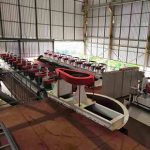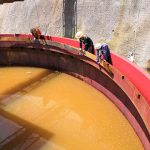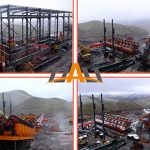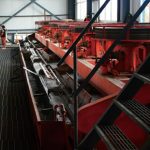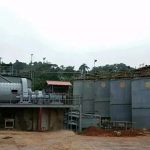How Articulated Frames Improve Mobility in Tunnels
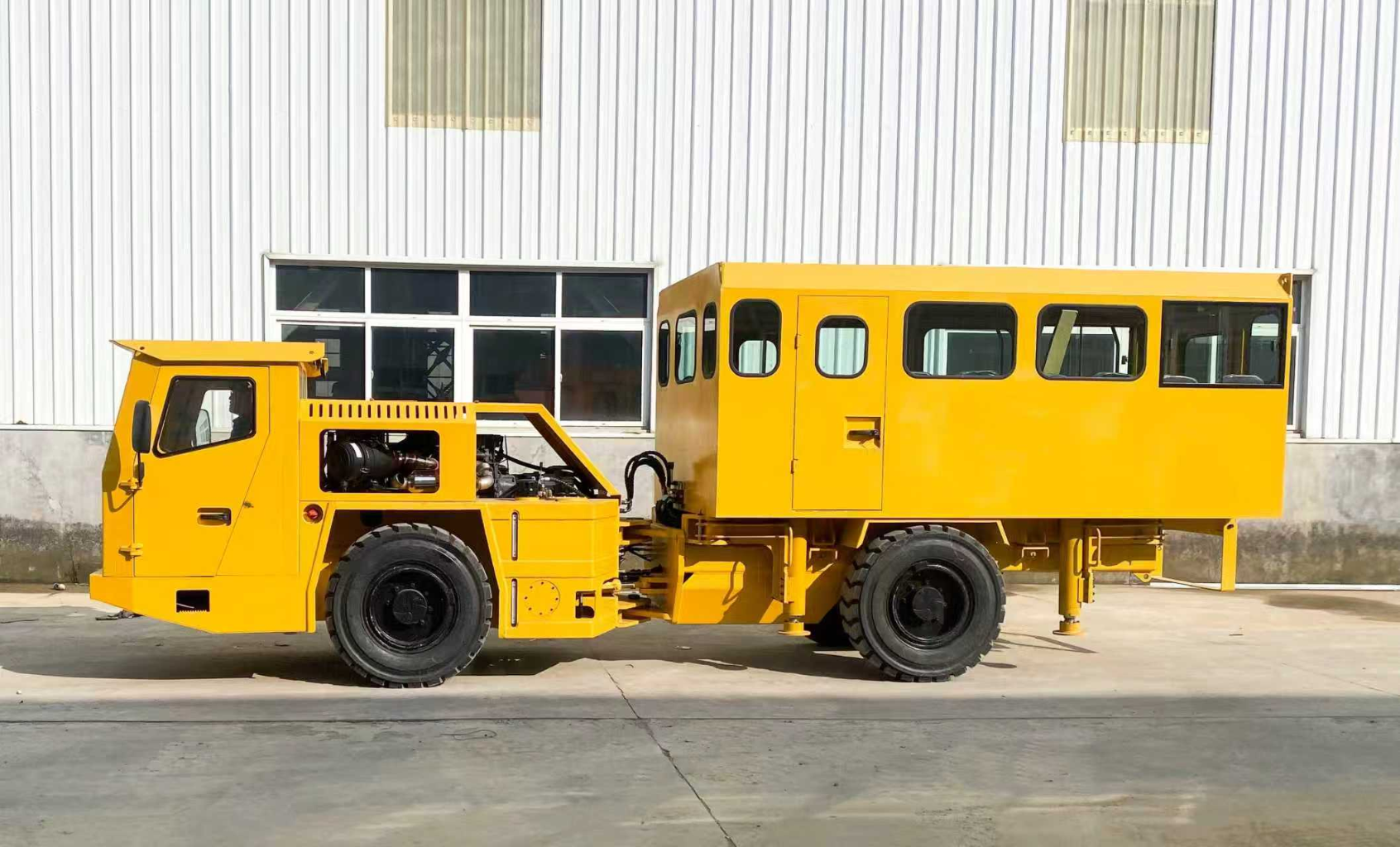
In modern mining, mobility inside narrow and rough tunnels is an ongoing problem. You deal with tight turns, small areas, and bumpy surfaces all the time. Old rigid frame carriers often struggle in these spots. They waste hours and effort during work. This is why articulated frames have turned into a key pick for underground transport machines.
Why Do Articulated Frames Matter in Underground Transport?
An articulated frame has a joint. This joint links the front and back parts of the vehicle. It lets the machine bend. In tunnels, this means better handling. Unlike rigid vehicles that need big turning spaces, articulated frames can twist with up to a 40° steering angle. This helps you drive smoothly in tight bends and slim shafts. Every meter matters there.
From the view of getting things done well, this setup cuts the chance of vehicles getting jammed. It also lessens the need for big tunnel widening. That saves both time and building money.
Flexibility in Confined Spaces
When you work in underground spots, you often face paths cut right from rock. In those places, every bit of space counts. Articulated frames let you haul heavy stuff through curves without always backing up or fixing your path. This ease boosts hauling rounds. And it cuts down on stops.
Safer Maneuvering for Operators
Safety is still one of the top worries in underground mining. Articulated frames give drivers easier control. So, they help lower the odds of crashes when going through slim tunnels. Less pull on the steering parts also means fewer machine breaks during runs.
How Do Articulated Frames Improve Productivity?
When your work relies on shifting people or ore quickly, machine setup plays a big part. Articulated carriers boost the whole flow. They do this by cutting holds caused by handling troubles.
Faster Cycle Times
Vehicles with articulated frames use less time on turns and resets. If you look at them next to rigid frame carriers, the time saved each round might look tiny. But over a whole day, those bits add up. They make output much better.
Lower Maintenance Costs
Rigid vehicles often get tire damage and drive stress from lots of sharp twists. Articulated frames spread this stress more evenly. This can make parts last longer. In the end, it drops fix costs. That’s a big deal since underground work already needs lots of cash.
What Role Does Engine Power Play in Mobility?
Frames alone don’t set mobility. You also need strong and steady power setups to help them. In underground personnel carriers, German DEUTZ turbocharged engines are a common pick. They give steady torque. And they manage steep slopes and heavy loads without trouble.
Paired with torque converters and Dana gearboxes, these engines let power move exactly. This boosts control in tight underground paths. For you as a driver, this means fewer stops. And a nicer ride even when hauling 30 passengers.
How Do Braking Systems Support Safety?
Mobility is not just about going ahead. It is also about stopping well. Underground personnel carriers often mix parking and working brakes in one setup. They are backed by SAHR (spring applied, hydraulic release) technology.
This type gives trusty stopping force in bad spots. Plus, the use of NO-SPIN differentials in the front and anti slip systems in the rear axles brings steadiness. You get this when turning on wet or bumpy ground. The outcome is more trust for drivers. And less crash danger for workers.
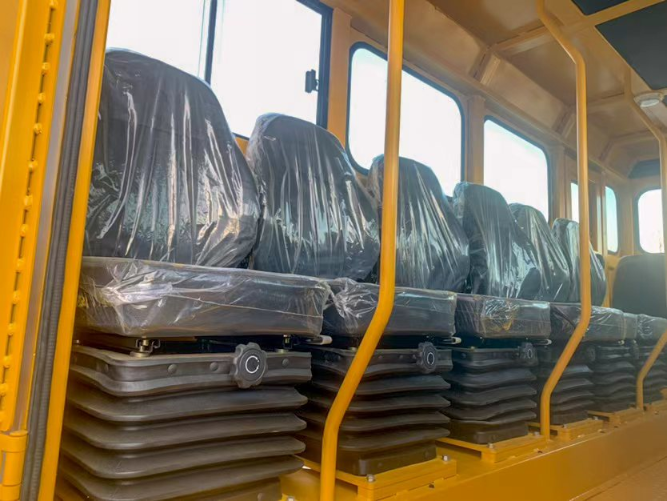
Can Articulated Frames Work With Eco Friendly Technology?
Yes. New underground vehicles are not only about doing well. They are also about cutting harm to nature. With ECS catalytic purifiers built into the exhaust setup, bad gases and sounds are cut down. This guards both drivers and the underground air.
In real use, this lets you follow tougher nature rules. At the same time, you give a safer work spot for people. Thinking about the closed air flow in mines, these purifiers are more than a nice add. They are a must.
How Does Early Warning Technology Add Value?
Mobility does not stand alone. If a vehicle fails underground, it clogs haul paths. And it holds up the whole day. That’s why carriers now have auto alert systems. They watch oil heat, oil push, and electric parts.
This ahead feature lets you spot troubles early. You can plan fixes. And skip costly stops. See it as a built in guard. It shields both your cash and your team.
Why Should You Consider Customizable Seating Options?
Not all mining jobs have the same people needs. That’s why vehicles with seating from 6 to 30 are liked picks. You can choose the right setup for your group size. This ensures both good work and safety.
A canopy focused on comfort and a cab with low shakes also add to driver ease. This is more key than it might look at first. A driver who feels less tired makes smarter choices. And helps cut work dangers.
If you are looking for trusty answers, Dali Mining Machinery has led in making and giving top mining gear for many years. The firm is not just about pushing machines. It gives fitted help that covers tech aid, custom fixes for mining work, and steady after buy care. When you dig into their firm story, you see a big push on safety, toughness, and people first setup. Items like the Underground Personnel Carrier are made with these ideas. They offer bendy seating, steady engines, and nature kind exhaust setups to fit the toughest underground spots.
FAQ
Q1: What is the main advantage of an articulated frame in tunnels?
A: The biggest advantage is maneuverability. Articulated frames allow vehicles to turn within narrow tunnels with less space, reducing delays and improving safety.
Q2: How do articulated frames affect maintenance costs?
A: By reducing stress on tires and drivetrain components, articulated frames lower wear and tear, helping you save on long term maintenance.
Q3: Are articulated carriers safe for transporting workers?
A: Yes. Features like SAHR braking systems, NO-SPIN differentials, and ergonomic cabs make them safe and comfortable for transporting personnel underground.
Q4: Can articulated vehicles reduce environmental impact in mines?
A: With catalytic purifiers and mufflers, emissions and noise are significantly reduced, making them more eco friendly for underground use.
Q5: What type of seating options are available in underground carriers?
A: Carriers are available in multiple configurations, typically from 6 to 30 seats, and can be customized based on your project’s crew size.
About Us
Qixia Dali Mining Machinery Co., Ltd was established in 1998, located in Yantai City.
The company is mainly engaged in the design, development, production, installation and training of underground mine equipment and ore processing equipment, spare parts supply and sales.
MoreContact Us
- Xinbang Rd, Private Economy Park, Qixia, Shandong Province, China
- +86 135 5307 3459
- ytdali@ytdali.com
 +86 13553073459
+86 13553073459
+86 13553073459
+86 13553073459
